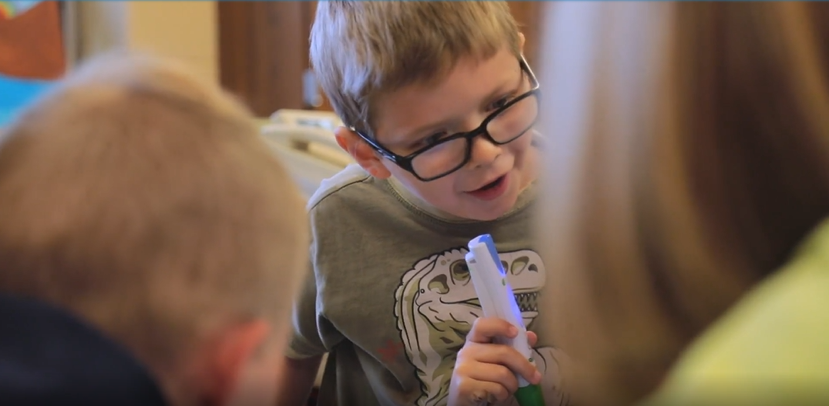
Editor’s note: This commentary from Ben DeGrow, director of education policy at the Mackinac Center for Public Policy based in Michigan, appeared Monday on the center’s website.
There is an understandable challenge in writing about Michigan’s attempt to expand parental choice in education. Until recently, journalists who cover state issues and debates have had little reason to investigate the larger movement, even as Michigan remains surrounded by states that have adopted private education choice programs.
Providing accurate coverage of Student Opportunity Scholarship accounts is also complicated by the policy’s numerous moving parts. The proposal is designed to give parents greater flexibility and meet many students’ educational needs. It is also carefully crafted to clear the formidable legal barrier the state maintains through its “Blaine Amendment.” Grasping the full mechanics of the proposal takes significant effort.
As time goes on, though, there’s less justification for labeling the proposal as a “voucher-like” program, as a recent Bridge Michigan article describes it. (Chalkbeat Detroit earlier had to correct misrepresentations in its description of the proposal.)
The term “voucher” elicits a negative reaction from a sizable segment of voters otherwise favorable to choice. Yet Michigan’s proposal differs from school vouchers in two key respects: Funds come from incentivized private donors rather than a government treasury and unlike vouchers, they can be used for a wide variety of educational expenses, rather than just private school tuition.
To continue reading, click here.


